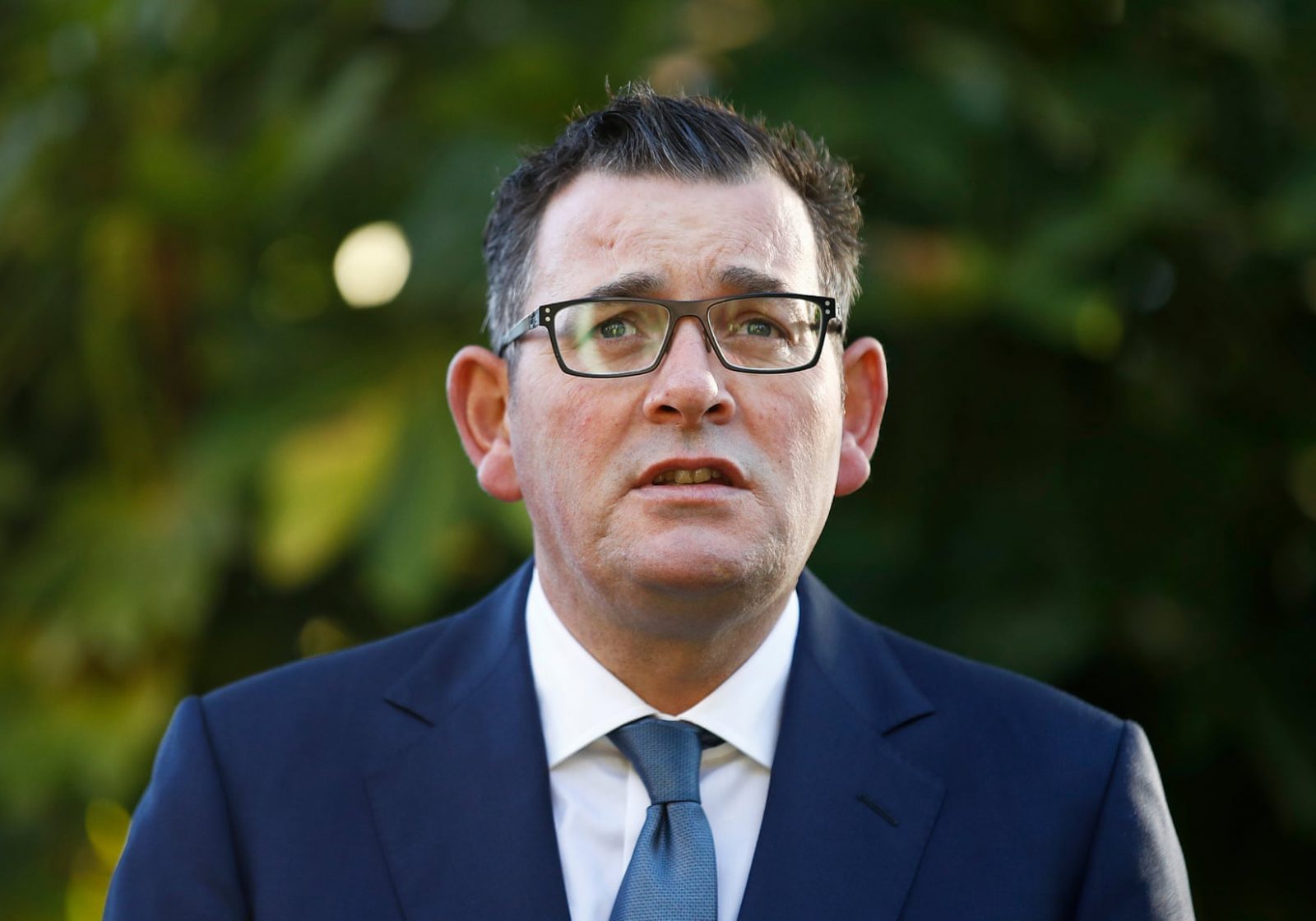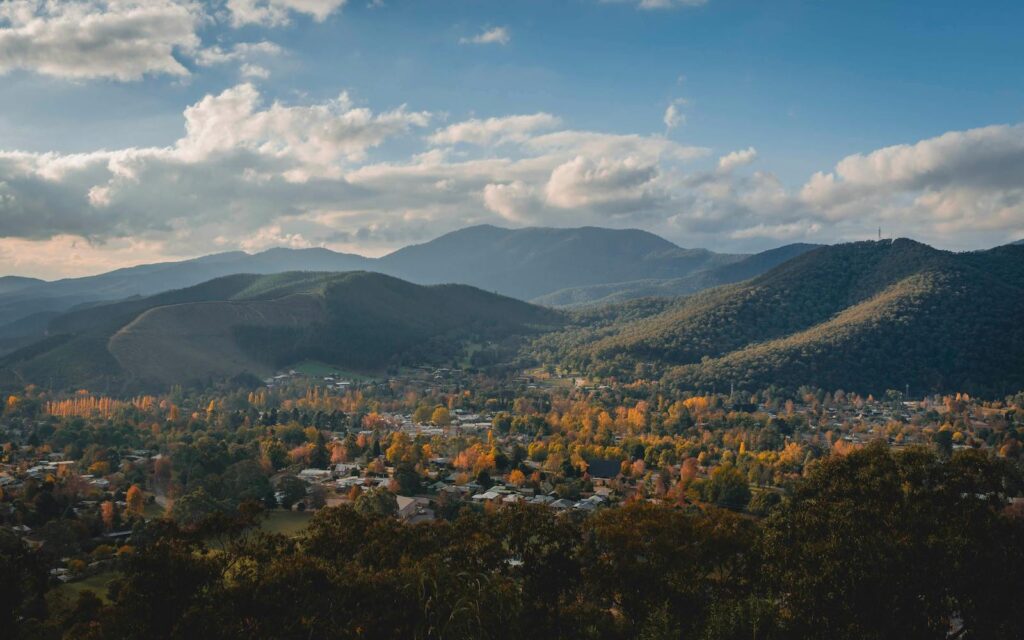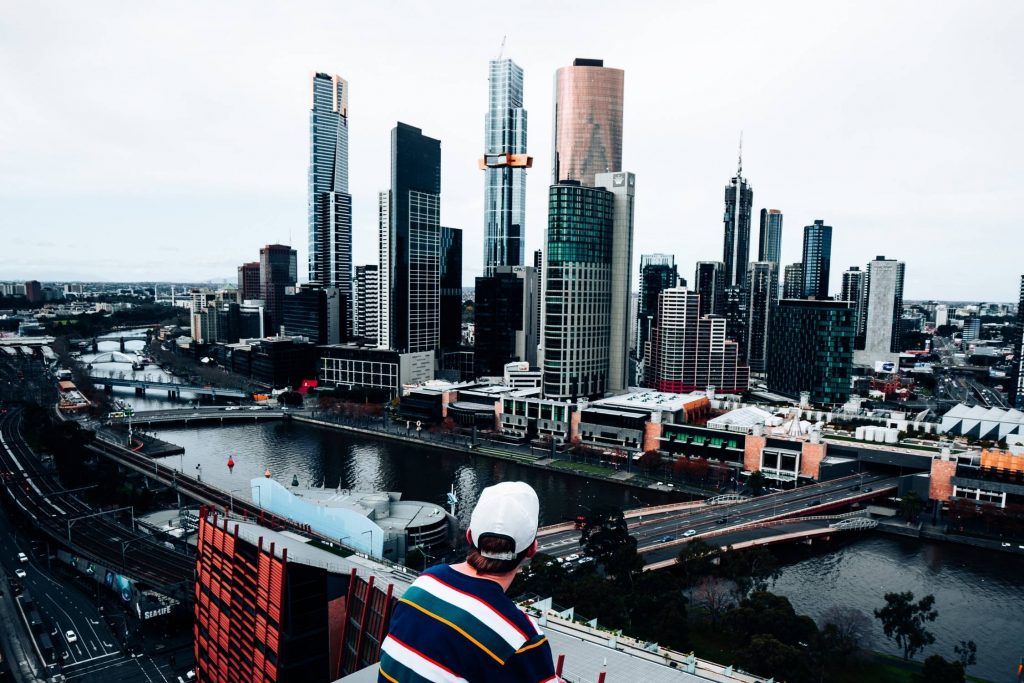Like wearing sunscreen as a safeguard against sun damage and skin cancer, face coverings could become common practice for protecting ourselves from infectious diseases.
Scientists have long warned that climate change will see a rise in infectious diseases. According to The World Health Organisation (WHO), “There is much evidence of associations between climatic conditions and infectious diseases.”
“Changes in infectious disease transmission patterns are a likely major consequence of climate change,” it warns.
So, could the COVID-19 pandemic see the normalisation of wearing face masks as a precautionary measure against potential future public health crises?
Wearing face masks has become a widespread public practice across East Asian nations since the SARS epidemic in 2003.
Although no known transmissions of SARS have occurred since 2004, citizens of China and Korea have continued wearing masks to prevent the spread of viruses as well as protecting themselves against the high levels of air pollution in these countries.
In Japan, the use of face masks became commonplace as a result of the Spanish flu, which took the lives of tens of millions of people worldwide between 1918 and 1920. Before COVID-19 hit, Japanese consumers were already spending $230 million USD on surgical masks annually to protect wearers against hayfever, the common cold and pollution.
At the beginning of the pandemic, the WHO only recommended face masks for two groups of people: the sick and those caring for them, though the global body updated its advice last month to encourage general public use in areas where COVID-19 transmission rates are high and physical distancing is difficult.
Now, over 50 countries around the world have made wearing masks in public compulsory.
In Australia, masks have only been mandated in Victoria so far.
Last week, face coverings became mandatory for people living in metropolitan Melbourne and Mitchell Shire.
Now, from 11:59pm on Sunday 2 August, they’ll be mandatory for everyone in Victoria – no matter where you live.
This is why. pic.twitter.com/w3hBGgqFWu
— Dan Andrews (@DanielAndrewsMP) July 30, 2020
In a recent press conference, Victorian Premier Dan Andrews said the enforced use of face masks will remain in place, “so long as they can make a difference”.
“I think masks are going to be a feature not just of this second wave, but they will be a feature of preventing a third wave and everything that comes after that,” he added.
In June, London Mayor Sadiq Khan warned face coverings are likely to become the new norm, predicting the use of masks will become common practice for “the next year or so”.
In The United States, although there is no federal mandate enforcing the use of face coverings, many state governments have introduced statewide orders requiring masks to be worn in public.
At the time of writing, the US has the highest numbers of confirmed coronavirus cases and deaths in the world and experts forecast face masks will be required across the country for a long time.
President of public health not-for-profit the de Beaumont Foundation, Brian Castrucci, has compared the current pandemic and the mainstream use of PPE to the HIV epidemic, calling face masks “the condom of our generation”.
While new regulations enforcing the use of face coverings have been met with a degree of apprehension in some parts of the world, once we become accustomed to covering up our mouth and nose before leaving the house, it’s possible masks could become more commonplace.
“It is a process, just as it was a process to mandate seat belts, car seats for children and helmets for motorcycle riders,” wrote The Washington Post in an article titled ‘Masks will become the new norm – everywhere’ and it’s a notion that isn’t without merit.
COVID-19 has made many of us hyperaware of germs and personal hygiene. Recent findings show that simply talking sends thousands of tiny respiratory droplets into the air which can remain suspended for up to 14 minutes.
While masks do not eliminate the aerosol effect that occurs when wearers speak, cough or sneeze, they act as a barrier which not only reduces the volume of droplets expelled into the air, but decreases the distance these particles travel from metres to inches.
@billnye##WearAMask ##LearnOnTikTok ##TikTokPartner♬ original sound – billnye
In countries such as China, Korea and Japan, wearing a mask in public to stop the spread of germs when suffering from a cold or flu is considered common courtesy. So why don’t we extend that same respect here?
You wouldn’t cough or sneeze without covering your nose and mouth, so armed with new information about how easily we can spread infections, COVID-19 could become the catalyst for normalising the use of face masks in Western societies.
Until there’s a vaccine for COVID-19, the threat of future waves will continue to hang over us. Even when restrictions begin to lift, transmission rates fall, and some degree of normalcy is restored, we’ve all seen how quickly this virus can take hold if we don’t take steps to prevent it.
While staying at home is not a viable long-term option, wearing masks on public transport, in supermarkets and other crowded spaces very well could be.
Looking to buy reusable masks? Check out our list of local makers and not-for-profits selling fabric masks here.
Never miss a story. Sign up to Beat’s newsletter and you’ll be served fresh music, arts, food and culture stories three times a week.






